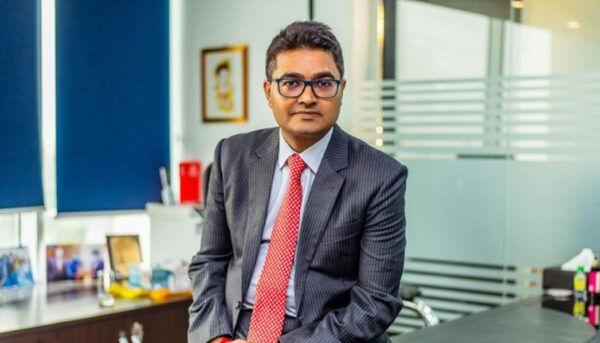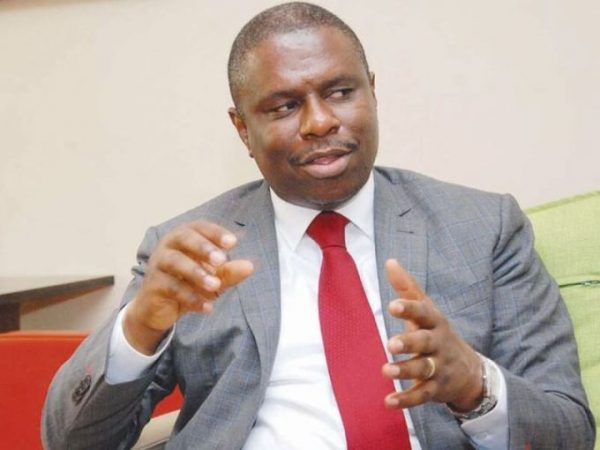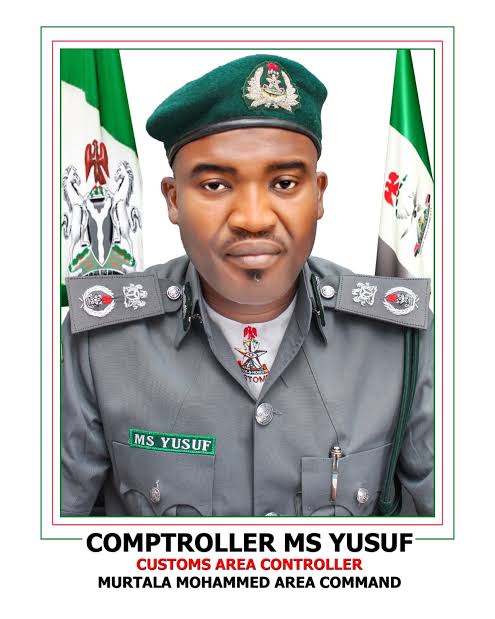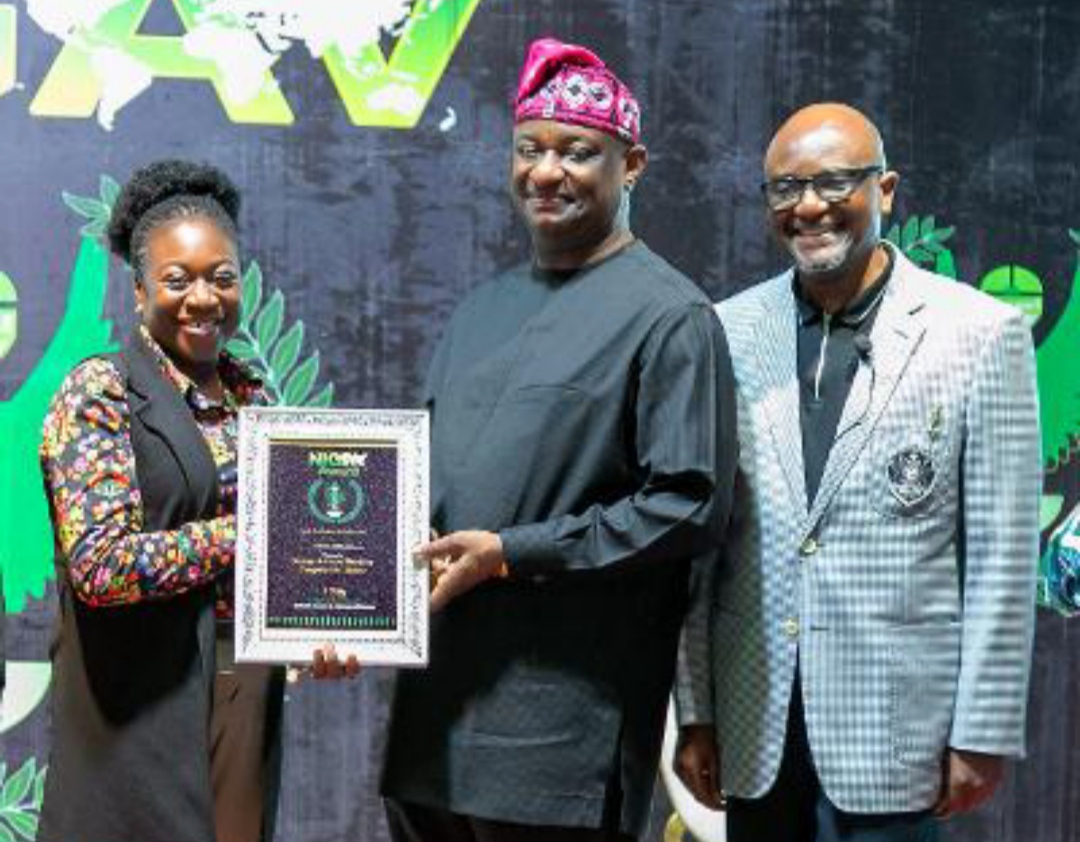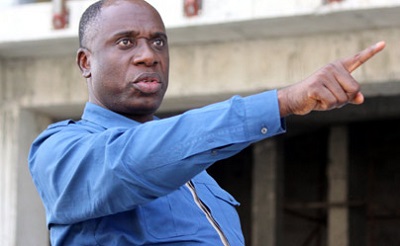NIMASA Wants Indigenous Ship Owners To Build Capacity
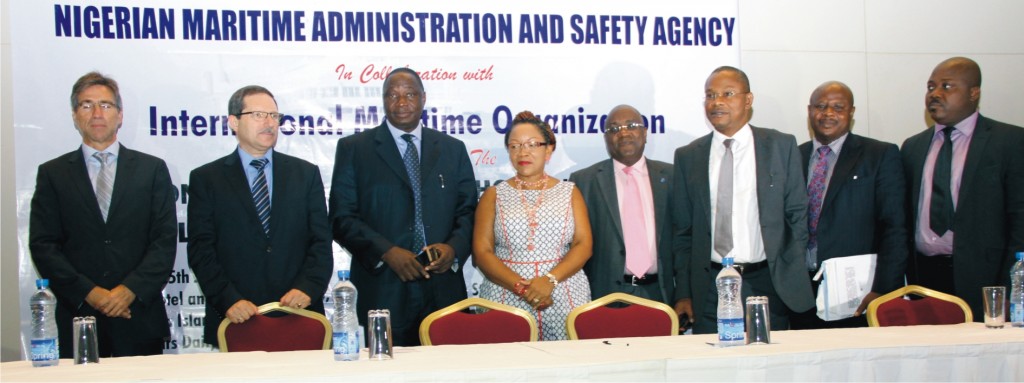
* Agency Launches Satellite Surveillance Centre
The Director General of the Nigerian Maritime Administration and Safety Agency, (NIMASA) has enjoined the indigenous ship owners to develop capacity before thinking of going into business as the working environment has been provided for them.
This assertion was made known in Lagos, last week at the World Press Conference organized by the agency to intimate the world about their activities.
The DG who was represented by the Executive Director, Shipping services, Capt. Bala Agaba said that the indigenous ship owners could not take part in shipping activities because they do not own a vessel that meets the standard of operations of the modern days.
“The main issue is that if you don’t own a vessel, you cannot take part in shipping business, Nigeria is about 850 km long and we have a lot of oil and gas operations and this oil and gas use specialized vessels, PSVs, tractor handling, crew boat.
“So, these are specialized vessels and if the indigenous ship owners don’t have those types of boats, what are they going to do?” he queried.
He therefore advised that they pooled resources together to acquire a standard vessel so that they can start growing from there.
Meanwhile, in his speech, he said the agency had developed a satellite centre to effectively cover the countries under the Regional Maritime Search and Rescue Centre of eight countries.
The 24-hour satellite was to provide a safety net for all those doing business within Nigeria waters which is meant to respond to any distress call on Nigerian waters and beyond.
The satellite surveillance equipment has the capability to detect boats, ships and objects of predefined cross-section floating on water including any aircraft that ditches and remains on the surface during satellite over-flight. According to him, the abilities include but not limited to setting range rings in restricted areas which when penetrated by an intruder, triggers an alarm thereby alerting the operator or watch keeper.
Some of the functions of the satellite include: seeing beyond the territorial waters of Nigeria, identify ship positions in real time which can greatly enhance search and rescue, plot search and rescue patterns, detect vessels that switch off their Automatic Identification System (AIS),interrogate the satellite image for more information among others.
He added that NIMASA has embarked on another Verification Inspection Exercise (VIE) of port facilities to enforce compliance with the code.
He said that about 1,497 dock workers have been trained in the first half of the year, 2014, 810 seafarers have also benefitted from standard training, Certification and Watch Keeping (STCW ’95) within the same period. He said the training was to bring them up to date with the amended basic mandatory training, tanker familiarization and engine or deck watch keeping among other programmes adding that 3, 938 seafarers and 44 cadets were at sea onboard Cabotage vessels through the policy.



